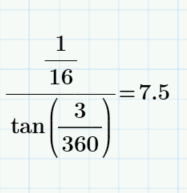StructuralAddict
Civil/Environmental
Hi,
Is there a limit on the maximum bearing length (lb) for a steel beam on concrete or masonry support?
I don't feel that we can have a very long bearing length and say that the stress is uniformly distributed over the entire bearing area. So, there must be something in the code to address this condition, right?
Thanks.
Is there a limit on the maximum bearing length (lb) for a steel beam on concrete or masonry support?
I don't feel that we can have a very long bearing length and say that the stress is uniformly distributed over the entire bearing area. So, there must be something in the code to address this condition, right?
Thanks.

